TA.Beta-Glucan – Biological product Strengthening Shrimp’s Immunity
As an immunostimulant and modulator of cellular responses, β-glucan has shown a great potential in increasing the growth rate and survival rate of cultured shrimp. Safe, effective and environmentally friendly, that’s why probiotics from β-glucan are increasingly being used to improve the natural immune system of shrimp, helping to optimize crop performance while minimizing the use of antibiotics.

Stimulate the immune system, improve the resistance of shrimp and fish.
For a long time, the use of antibiotics to deal with bacterial infections has been the most popular method in aquaculture in general and whiteleg shrimp farming in particular. However, in the face of serious side effects caused by overuse of antibiotics, farmers are gradually changing towards prioritizing the use of probiotics to help increase the natural resistance of shrimp, proactively preventing diseases to reduce mortality and increase growth rate. Among them, preparations containing β-glucan compounds have been known for a long time as an effective immunostimulant in both humans and animals.
1. What is β-glucan?
β-glucan is the common name for intermolecular sugar compounds made up of D-glucose monomers held together via β-glycoside bonds. Depending on the linkage of β-glycosides in the chain, compounds with different names are formed such as: agar (β-1,3-1,4-glucan), fucoidan (β-1,3-glucan) , chrysolaminarin (β-1,3-1,6-glucan)… with different solubility, reactivity and biological activity.
These β-glucan compounds are found naturally in the cell walls of fungi, bacteria, seaweed, cereals… and have long been widely applied in medicine with many different uses such as antioxidants. Antioxidant, anticoagulant, anticancer, anti-inflammatory and immune system stimulant.
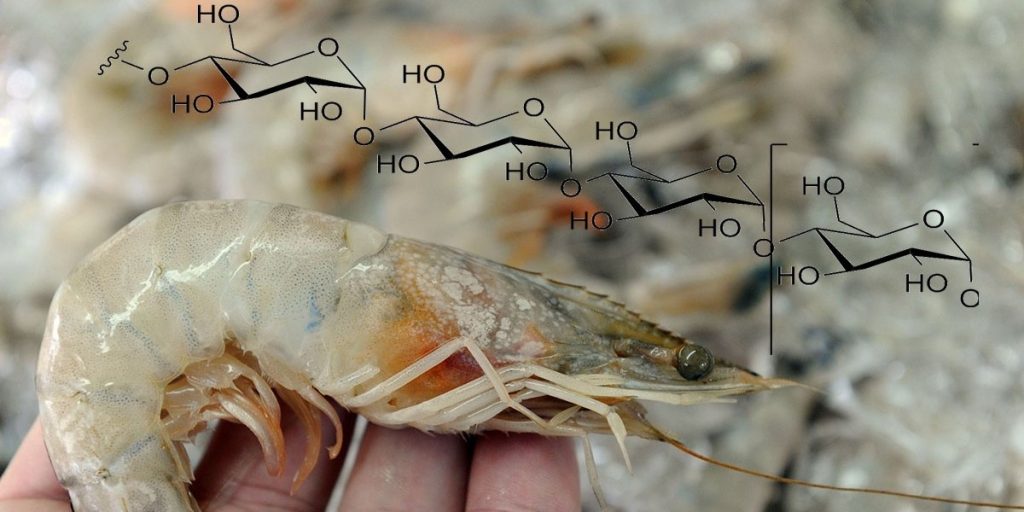
These β-glucan compounds are found naturally in the cell walls of fungi, bacteria, seaweed, cereals
2. The immunostimulatory capacity of β-glucan
In aquaculture, β-glucan, specifically β-1,3-1,6-glucan, is also used as an immunostimulant (immunostimulant) to enhance resistance, helping to reduce mortality from opportunistic pathogens and prevent disease caused by bacteria (and even white spot viruses).
2.1. Shrimp’s non-specific immune system
Unlike vertebrates, shrimp do not have a specific immune system and the immune process is mainly based on innate, non-specific immunity (ie, the inability to remember foreign agents). Specifically, the immune system of shrimp is divided into 2 types:
- Cellular immunity: Blood cells including granulosa cells, semi-granule cells and fibrous cells will perform the function of phagocytosis, encapsulation (localization of pathogens) and formation of melanin to destroy foreign organisms;
- Humoral immunity: Includes multiple activation and reproduction of blood storage molecules such as proteins, antibodies, antimicrobial peptides, and enzymes.
These two mechanisms will work together to destroy and eliminate foreign organisms after they have crossed the physical barrier (chitinous shell) and entered the shrimp body.
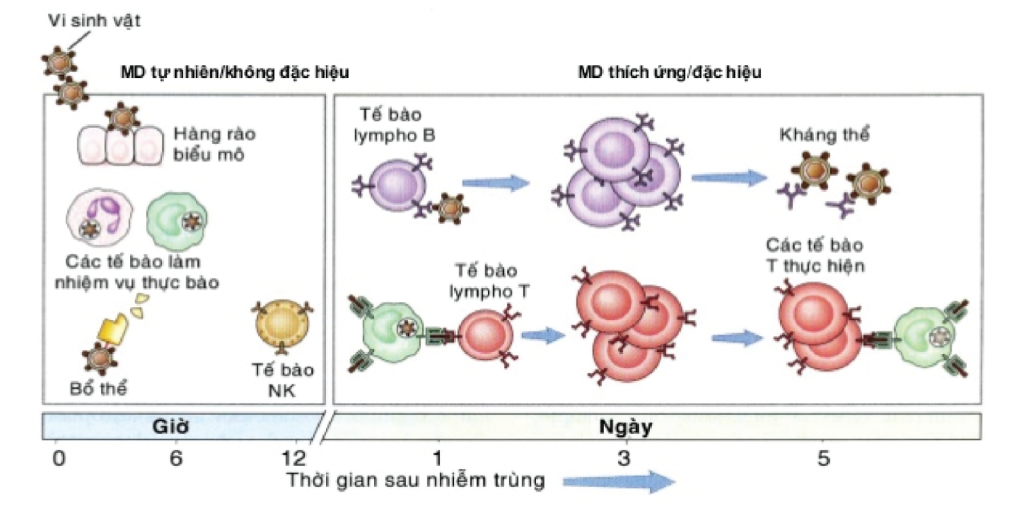
Time after infection
2.2. Mechanism of immune stimulation in shrimp by β-glucan
β-glucan stimulates melanization and phagocytosis in cellular immunity. Specifically, β-glucan signals to break down prophenoloxidase (proPO) abundant in granulosa cells. After a series of transformations, these proPOs will form melanin to cover and destroy the bacterial cells, and then release it out of the cuticle. At the same time, phagocytosis also produces atomic oxygen radicals (O2-), hydroxyl radicals (OH) and hydrogen peroxide (H2O2) – which are strong oxidants that kill bacteria. In addition, β-glucan also enhances superoxide dismutase (SOD) and glutathione peroxidase (GPx) activities to reduce the harmful effects of strong oxidizing anions on shrimp cells.
As for humoral immunity, β-glucan stimulates the production of antimicrobial peptides (AMPs) such as crustin, ALF, penaeidin, lectin, and lysozyme.
3. Application of β-glucan in shrimp farming
Depending on the purpose, β-glucan can be used in many different ways such as soaking shrimp in a medium with a dose of β-glucan 300–500 mg/L (effective after 2-5 hours of soaking); injected β-glucan at a dose of 10–20 µg/g shrimp (effective after 48 hours; or fed at a dose of 0.3–5 g/kg of feed (effective after 7 days of feeding) to stimulate In particular, mixing β-glucan into the feed can be considered the safest and most cost-effective way.
Therefore, Truc Anh BiOtech researched and launched TA.Beta-Glucan – a biological product containing β-1,3-1,6-glucan extracted from the yeast cell component Saccharomyces cerevisiae – so that farmers can easily use. Just dissolve TA.Beta-Glucan in water, mix well with feed, let dry naturally in shady conditions for about 15 minutes and then feed shrimp, shrimp’s immune system will quickly improve after each meal.
In addition, you can increase the dose of TA.Beta-Glucan to 7-10kg to prevent and treat liver diseases on shrimp such as yellow hepatopancreas, liver swelling, atrophy or necrosis hepatopancreas. Or use 0.5 kg of TA.Beta-Glucan combined with 0.5 kg of TA-Pondro, splash 1 time a day (for 1000 m3 of water) to prevent and treat shrimp pulling herds.
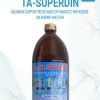


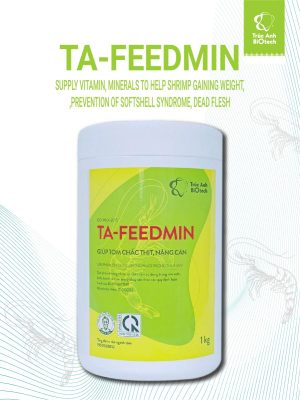
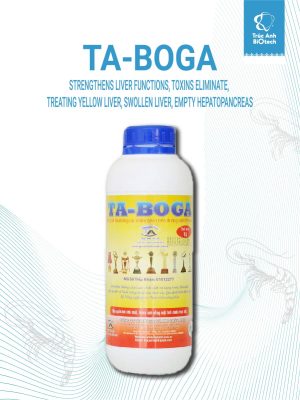
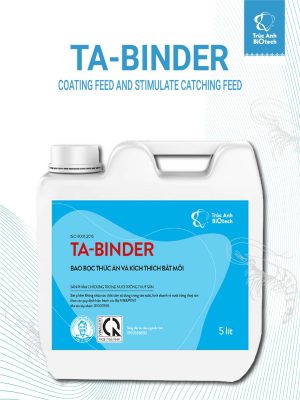
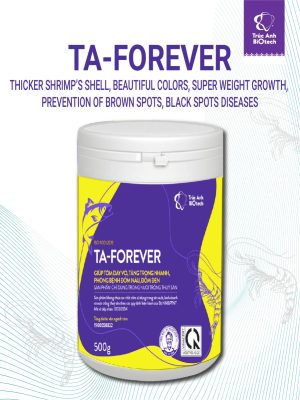
Reviews
There are no reviews yet.